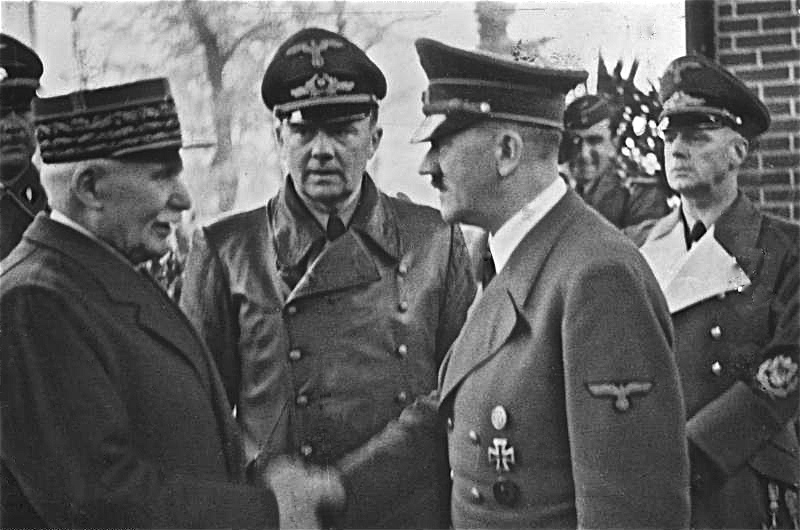Just recently, French historians revealed some archives from the secret services. These archives date back to World War II and bring great insight into secret operations during the war; those conducted by the Nazis and those carried out by the French Resistance. Not only that, but they provide insights into thousands of various agents and several celebrities like the French designer Coco Chanel.
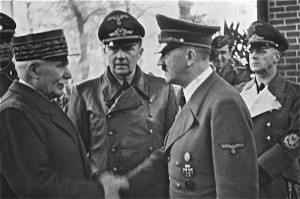
A majority of the letters, reports, cables, and photos from rival intelligence agencies from the French Resistance, the collaborationist Vichy regime, and the German authorities still remain unpublished. All of the documents had been stored for years in the archives at a medieval castle of the Vincennes, just east of Paris. They have not been viewed or studied by historians until now.
Some of those documents included the details of operations led by German spies who were trying to hunt down members of the French Resistance. The documents also included the secret activities of London-based General Charles De Gaulle’s government, and the efforts to track war criminals.
The French Resistance went as far as documenting celebrities who they believed were suspicious. One of those documents, as stated above, had Coco Chanel’s name on it. It included a note that was written in Paris in November 1944, outlining how a source in Madrid had informed the French Resistance that Chanel was, in 1942 to 1943, the mistress and secret agent of Baron Guenter von Dinklage. Dinklage used to work as a propagandist and the French believed that he was a German agent.
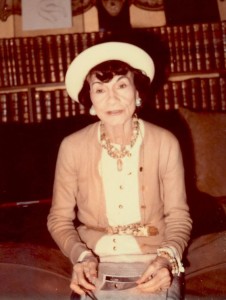
One of the historians studying the documents, Frederic Queguineur, said that the file on Chanel claimed that she was an agent for the Nazi intelligence organization. Surprisingly, the Germans’ point of view was that they had registered her under their organization; this could mean that she was a source of information or was actually sent to fulfill a mission. However, no one knows for sure whether or not she was aware of the document or any mission.
After a government decision in 1999, hundreds of boxes were given to the defense ministry’s archives with no classification system; this is an intelligence technique so that no foreign country could access the secret documents. Only half of the archives have so far been inventoried.
Queguineur said that he and other historians studying the documents have been mesmerized by the importance of them all. He added that it is quite amazing to view these documents that have been hidden away and have not been seen in over 70 years. Once all of the archives have been identified, the public can actually view them. However, there is no plan to digitize them, so the public would have to go to the Chateau de Vincennes to view them.
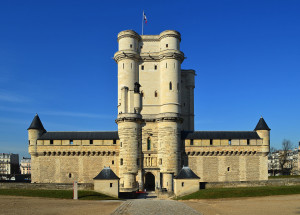
Some of the secret services’ archives even include German documents which were seized by the French at the end of the war. Thousands of those individual files were lists of members of the French resistance and investigation files of suspected collaborators.
One historian named Thomas Fontaine had expressed that the history is more complex than a division between the ones who had resisted as well as the ones who betrayed. One key example is a Resistance group leader who later left to serve the Germans. He explained that it was very clear in the Gestapo files that they detained that leaders’ wife and daughter in order to make him do as they wished.
A portion of the notes provided personal details on people who were involved in French or German operations. De Gaulle’s intelligence services had written a note on American singer and dancer Josephine Baker in 1943. It was apparent that she had helped his Free French effort. The letter actually said that she showed great devotion and was not selfish whatsoever; she freely gave a great service by helping in any way that she could.
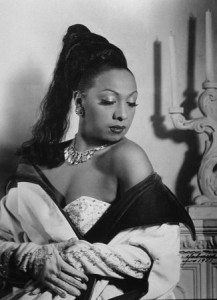
Many of those in the French Resistance had told their stories to the French intelligence services toward the end of the war. Another historian, Sebastien Albertelli, started his research on 600 women who had served in uniform in De Gaulle’s army. He excitedly said that by reading these archives, he can actually hear the voices of the person writing the letters and reports.
In the archives, there were even private documents written by family members. One included De Gaulle’s niece, Genevieve, writing to her Uncle Charles. She was asking for advice on a better way to serve. The letter was written in May 1943.
Other documents are surprisingly incomplete. Some have even been purged to keep some of the details a secret. One included a file on former French President Francois Mitterrand. He had served under the Vichy regime before joining the Resistance.
